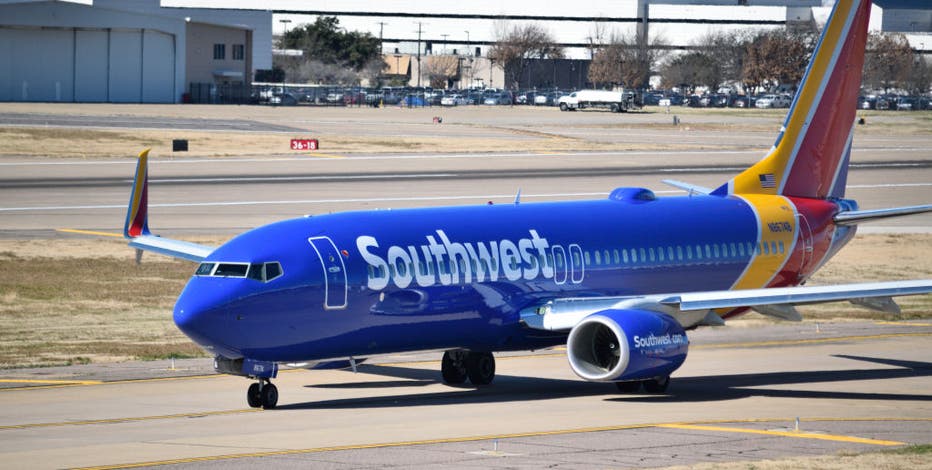After weak start to year, airlines expect profitable summer
DALLAS (AP) - Most U.S. airlines lost money in the first quarter, traditionally the weakest time of year for travel, but they are all eagerly looking ahead to a summer of full planes and high fares.
American Airlines and Southwest Airlines said Thursday that they expect to be solidly profitable in the second quarter. They joined Delta Air Lines and United Airlines in giving an upbeat outlook for the April-through-June period, which includes the start of the peak travel season.
Southwest CEO Robert Jordan said that despite losing $159 million in the first quarter — the airline blamed fallout from its December meltdown, which hurt bookings early this year — his airline made money in March as revenue picked up.
"While we are mindful of the uncertain economic environment, demand for domestic air travel remains strong, thus far," Jordan said.
American eked out a $10 million profit for the first quarter as revenue jumped 37% from a year earlier. The airline predicted second-quarter earnings per share that would easily beat Wall Street expectations.
American said its domestic and relatively short international flights are bringing in more revenue, and demand for longer international trips is also showing "noticeable strength."
Air travel began to rebound from the pandemic last year but was focused heavily on trips within the United States. Airlines say that for this summer, interest and bookings are growing more rapidly for international trips, with Europe a particularly hot destination for Americans.
There was a brief scare about bookings slowing down a few weeks ago, and United said it saw a temporary drop in sales to corporate travelers after the failure of Silicon Valley Bank raised fears of a widespread banking crisis.
Both concerns seem to have subsided, however. Delta CEO Ed Bastian said he saw no impact on bookings after scary headlines about bank failures and tech-industry layoffs.
American, based in Fort Worth, Texas, said Thursday that its profit excluding one-time items was 5 cents per share, a penny better than analysts predicted after the company lowered expectations two weeks ago.
American said it expects to earn between $1.20 and $1.40 per share in the second quarter, which would beat analysts’ average forecast of $1.04 per share in a FactSet survey.
The airline continued to pay down debt, which peaked at more than $53 billion in mid-2021. American ended March with $14.4 billion in liquidity — cash, short-term investments and available credit.
"We have some flexibility with this excess liquidity to either further invest in the business or potentially use it to pay down debt at a faster rate," Chief Financial Officer Devon May said in an interview. "That’s a decision we will be making in the coming months."
Southwest had already indicated it would lose money in the first quarter. Thursday’s loss was narrower than Southwest’s $278 million loss a year earlier. After one-time items, it worked out to 27 cents per share, matching Wall Street expectations.
Revenue rose 22% to a first-quarter record of $5.71 billion, slightly less than analysts expected.
Dallas-based Southwest said the winter breakdown cost $380 million in the quarter from lingering lost bookings and extra expenses — on top of $800 million in last year’s fourth quarter. Southwest failed to bounce back after a winter storm just before Christmas, and its problems were compounded when its crew-rescheduling system broke down, leading to 16,700 canceled flights in a 10-day stretch.
Southwest’s average fare was $169, up $10 from a year ago. American doesn’t provide the same figure, but it said that passengers paid 21% more for each mile they flew.
Airlines are counting on that kind of pricing power continuing and growing into summer. Strong demand for tickets and a limited supply of flights are keeping average fares high, which will boost airline revenue. But the carriers are facing higher costs for labor and fuel, plus the possibility of a recession that could hurt ticket sales.
Shares of Southwest fell nearly 5% while American gained more than 1% in midday trading.


